Malaysia
While Singaporeans have always been fond of driving across the border for holidays, we sometimes hear of their journey ending in dismay due to road mishaps.
Common causes of accidents can be driver fatigue, being unfamiliar with Malaysian driving habits, unfamiliar routes and terrains, bad weather and roadside distractions.
AA offers you some tips to ensure a safe road trip.
Check vehicle before trip
The last thing you want is to get stranded in a remote place with a vehicle failure, worse if it’s the middle of the night. An AA Pre-trip Inspection checks essential safety points and highlights any area that needs rectification so that you can get it fixed before your trip. The money spent is well worth the peace of mind, knowing that your car is in tip-top condition for your road trip.
Get plenty of rest
Long distance driving can easily lead to driver fatigue. Get a good night’s sleep before the trip. As a general rule, plan a stop every two hours during your journey, or once you experience any fatigue signs and symptoms. Rotate with your co-driver if you have one.
On the North-South Highway, lay bys are located every 25 to 50 km along the expressway. Facilities include parking bays, toilets and public telephones. Rest and Service Areas (RSA) are located at every 80 to 100 km.
Driving at night
Reduced visibility and drowsiness combined with blinding bright headlights are common night driving problems one has to overcome. Hence travellers are advised to avoid night driving as far as possible. If you have to, drive with caution and take breaks in between.
As a safety tip, use the light of oncoming vehicles and the vehicles ahead of you to gain valuable clues on the layout of the road, i.e. curves and bends.
Driving conditions and habits
Do some research on Malaysian driving conditions. Clue-up on the local safety signs, signals and speed limits before embarking on your holiday as most are in Malay.
Often, roads run through industrial, residential and kampong areas. Hence, drive with caution and look out for heavy vehicles, pedestrians, cyclists, two wheelers, animals and bullock carts on both sides of the road when passing through these areas.
In Malaysia, many drivers communicate using their cars. Some drivers on the opposite side of the road use their right signal indicator to let you know their line as they approach you.
When overtaking a slow vehicle in front of you, do not flash your high beam as the locals may not understand your intention and may think you are antagonistic. Instead switch on your right indicator. Most drivers would filter left and give way.
Routes & terrains
If possible, try to find out in advance any unusual terrain along the route that you are taking so as to anticipate them. Uneven surfaces and potholes are common on Malaysian trunk roads. Do not be distracted by the scenery and be careful when you manoeuvre the bends. Also, obtain a reliable map and plan your route in advance. AA offers a comprehensive range of Malaysia maps for your references.
Bad weather conditions
Malaysia is frequently lashed by torrential tropical thunderstorms and thus, presents its own unique driving challenges. Avoid driving in bad weather conditions. In a downpour, always turn on your headlights and windshield wipers. Reduce speed to give yourself more time to react to hazards and let your speed drop gradually. Keep a lookout for hazards like falling tree branches, landslides and big sprays of water from puddles.
The North-South Highway has crosswinds frequently. Warning signs in the form of wind-socks are usually found at places prone to strong crosswinds. In the absence of wind-socks, the swaying trees along the road are good indications.
Dealing with aggressive motorists
Do not do anything that will frustrate other road users or cause them to react adversely.
If you encounter road peeves like motorists / bikers cutting in front of you or road hogging for example, stay calm and do not overact or react adversely.
If you have accidentally cut in front of another car, or may have unintentionally exercised inconsiderate driving, always reverse the process by apologising with a hand gesture.
If you encounter road rage, stay in your car. Do not respond aggressively with angry gesture or action. Instead, use an apologetic gesture. If need be, drive to the nearest town to seek help or call for help from the local police.
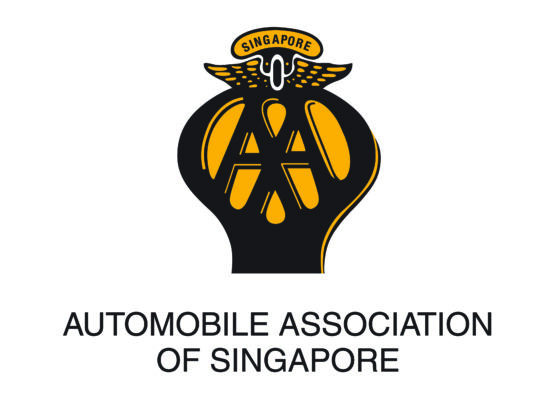


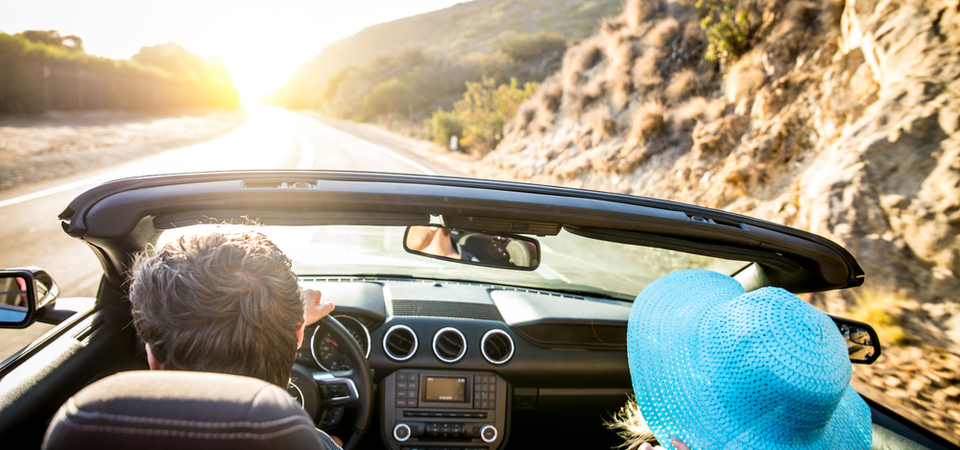
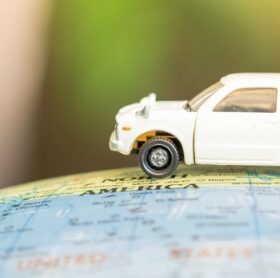
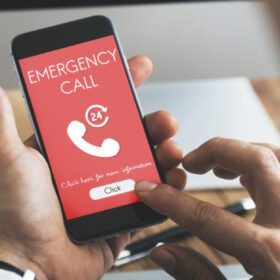
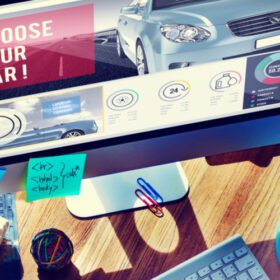

 account
account


